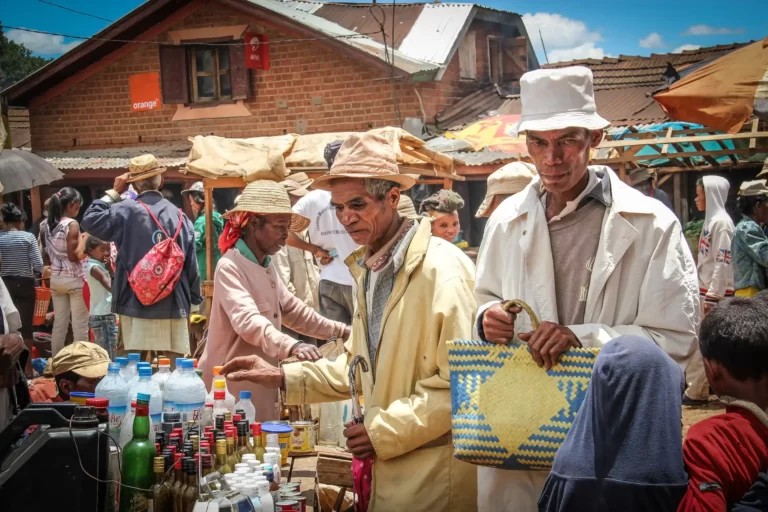Madagascar is not just a paradise for nature lovers; it is also a treasure trove of rich culture and heritage. With over 18 ethnic groups and a blend of influences from Africa, Asia, and Europe, the island boasts a unique cultural landscape. Here’s a guide to help you discover the cultural gems of Madagascar.
1. Explore Antananarivo’s Historical Sites
Begin your cultural journey in the capital, Antananarivo. Visit the Rova of Antananarivo, a royal palace that offers insights into the Merina kingdom’s history. Stroll through the streets of the Haute Ville, where colonial architecture meets vibrant local life. Don’t miss the opportunity to explore the local markets, where you can find handmade crafts, traditional textiles, and local delicacies.
2. Experience Traditional Festivals
Madagascar is known for its colorful festivals that celebrate various aspects of life and culture. If your visit coincides with the Famadihana (the turning of the bones) or the Donia Music Festival, be sure to participate. These events offer a glimpse into Malagasy traditions and the importance of community, music, and ancestral worship.
3. Visit Local Villages
Traveling to rural villages is a wonderful way to experience authentic Malagasy culture. Engage with local communities, learn about their traditional crafts, and understand their daily lives. Participating in activities such as rice planting or crafting can provide meaningful insights into the local way of life.
4. Discover Malagasy Cuisine
Malagasy cuisine is a delicious blend of flavors influenced by its diverse cultures. Don’t miss trying local dishes such as “romazava” (a meat and vegetable stew) and “ravitoto” (pork with cassava leaves). Visit local eateries or street vendors to experience authentic flavors and savor the island’s culinary delights.
5. Learn the Malagasy Language
While French is widely spoken, learning a few basic phrases in Malagasy can enhance your cultural experience. Simple greetings and expressions of gratitude will endear you to locals and show respect for their language and culture.
6. Explore Cultural Landmarks
Madagascar is home to several significant cultural landmarks. The sacred site of Ambohimanga, a UNESCO World Heritage site, offers insights into the island’s royal history and spiritual significance. The colorful markets in cities like Antananarivo and Antsirabe are also cultural hubs where you can experience local life and find unique souvenirs.
7. Engage in Traditional Arts and Crafts
Madagascar is known for its vibrant arts and crafts scene, with each region showcasing its unique styles. From intricate wood carvings and handwoven textiles to beautiful basketry, take time to explore local artisans’ work. Consider purchasing handmade items to support local craftspeople.
8. Participate in Community Projects
Many organizations in Madagascar focus on cultural preservation and community development. Consider volunteering or participating in projects that support local communities. This not only enriches your travel experience but also contributes positively to the communities you visit.
9. Respect Local Customs
Understanding and respecting local customs is crucial when exploring Madagascar’s culture. Familiarize yourself with the concept of “fady” (taboos) that vary by region. Being aware of these customs will help you navigate social interactions and show respect for local traditions.
10. Share Your Experiences
After your journey, share your experiences and insights about Madagascar’s rich culture with others. Whether through social media, blogs, or conversations, spreading awareness about the island’s heritage can inspire more travelers to appreciate and respect its diverse cultures.








